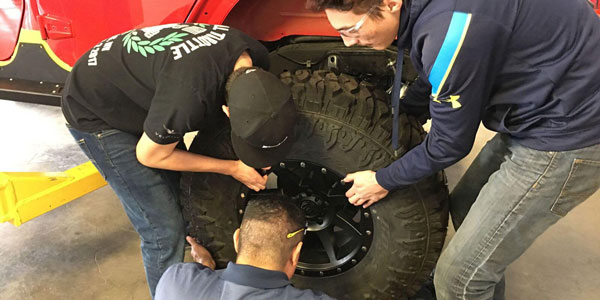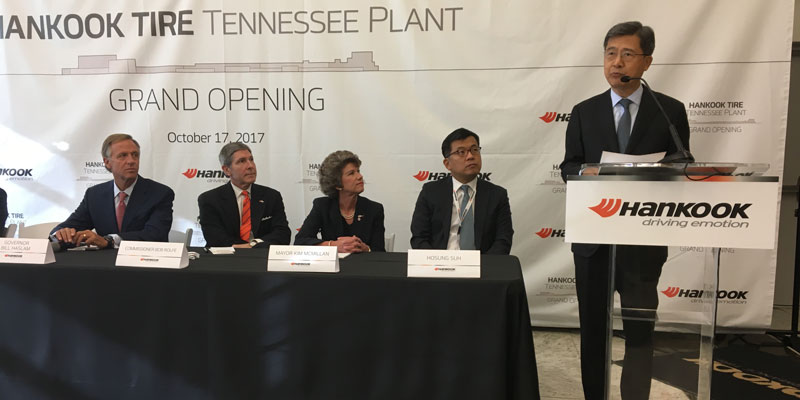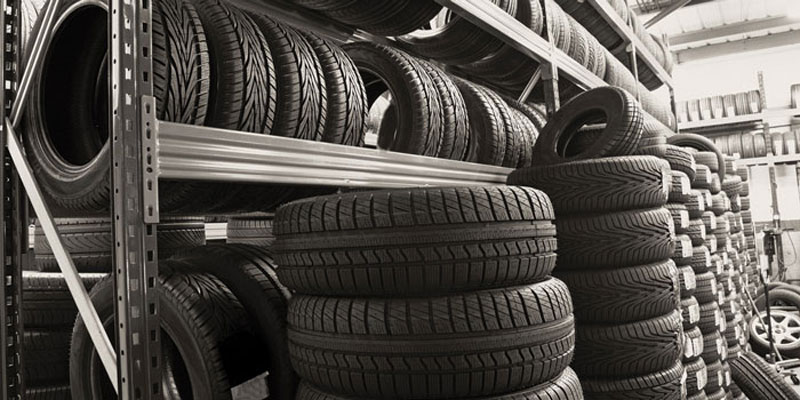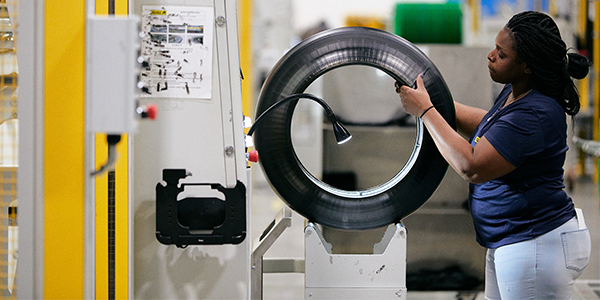There has been a little discussion (see First Off, February 2012) about the concept of legislation, introduced by the Rubber Manufacturers Association (RMA), in reference to forcing all tire repair facilities to perform proper tire repairs and the impact of existing and/or new repairs to used tires intended for sale.
This proposed legislative remedy would mean legal enforcement if a variance occurs, if a tire is repaired improperly or outside of what the RMA deems as acceptable.
I believe that most professionals in our industry want to repair tires in accordance with the repair material manufacturers’ specifications and the tire manufacturers’ recommendations. However, if the idea of legislation moves forward and actual laws are implemented, then a legal atmosphere is in place.
Does this solve the problem of a tire repair facility installing the repair unit by an improper method? Does such a law do anything to help a tire dealer or a repair facility, or do we only create another reason for the government to become more involved in our businesses?
What about used tires that are taken in trade but have a previously installed repair unit? Or one that was “fixed” using the automaker’s “extended mobility kit”? What would any proposed legislative approach do to the sale and/or repair of a used tire?
The Tire industry Association (TIA) has taken a position of “educate, not legislate,” which is the same position the Tread Rubber and Tire Repair Materials Manufacturers Group has adopted. Having the government step in and police our industry on proper tire repair processes makes me concerned about what may be waiting for the independent tire dealer or repair facility.
It is a fact that having a law implemented does not ensure compliance. A state or federal law mandating how tires must be repaired will not enure 100% compliance. Education is always essential to the success of a business.
It appears that the RMA has brought this concept of legislation to the forefront because of a large monetary lawsuit judgment involving a failed tire repair performed by an automobile dealership in San Diego.
Most tire dealers immediately jumped to the conclusion that a string repair was the culprit. This particular tire was repaired from the inside, but using only a tire patch, which failed and helped cause a fatal van accident.
The proposed legislative approach of the RMA would define the use of just a patch or just a plug or using a string-type repair as a permanent tire repair as improper repairs and, therefore, illegal. These violations of the law would be subject to fines or other penalties.
One question I have: In the case of the San Diego incident, could not the same outcome have resulted even if the technician had used a one- or two-piece repair as recommended by the RMA?
If training and education isn’t implemented, bad results will continue to happen – regardless of the repair method used. Does a new law on the books change this? Who enforces the law? And how? This could result in another burdensome government activity placed upon the tire dealer, and even then education will be required to help ensure tires are repaired properly within the law.
The other piece of legislation is tied in with the qualification of used tires, and proposes that they may not be subject to additional repair for various reasons such as the presence of a previous repair or evidence of the use of a liquid material commonly part of “extended mobility kits” provided by some automakers in lieu of the spare tire, and by some tiremakers as a “convenience.”
Currently, there is tire repair-related legislation proposed in two states. Both Arizona and Florida are considering bills tied to used tires. This can have a negative impact on many small businesses, and would have a sharp impact on the recycling of used tires.
Because it would be harder to put some used tires back into service, a growing number of scrapped tires will begin to fill our landfills and consumers will be forced to buy expensive new tires.
Is there a hidden agenda by the members of the RMA? Is this truly a safety issue? How do any of these proposed legislative “remedies” help our industry or the consumer? These are some of the concerns and questions that I have been asked when I mentioned this to tire distributors, repair product suppliers and independent dealers.
It also has been asked why the bills proposed in Florida and Arizona aren’t being widely discussed in the industry. All I can say is that we only recently learned of them ourselves and it appears we’re going to have to be the ones to discuss and address it before it becomes forced upon us.
Regardless, immediate action and discussion need to be taking place among tire dealers and RMA member companies.
Philip Nigh
Head of Sales
Elgi Rubber Co.
Luling, TX













